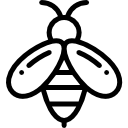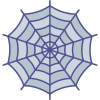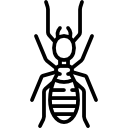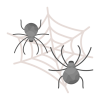Drain Flies
What are Drain Flies?
These flies like to “jump” or fly short distances since they are not very good at traveling long distances. There is a very significant likelihood that the source or breeding location is close by if you discover drain in a certain room.
Drain flies consume sewage and decaying organic waste for food. Storm drains, damp compost piles, septic tanks, and blocked, oily drain pipes in kitchens and bathrooms are typical breeding locations. Between 30 and 100 eggs are laid on the surface of the breeding medium by female drain flies. Deep within the gelatinous coating, the larvae and pupae flourish while extending their breathing tubes to the surface.
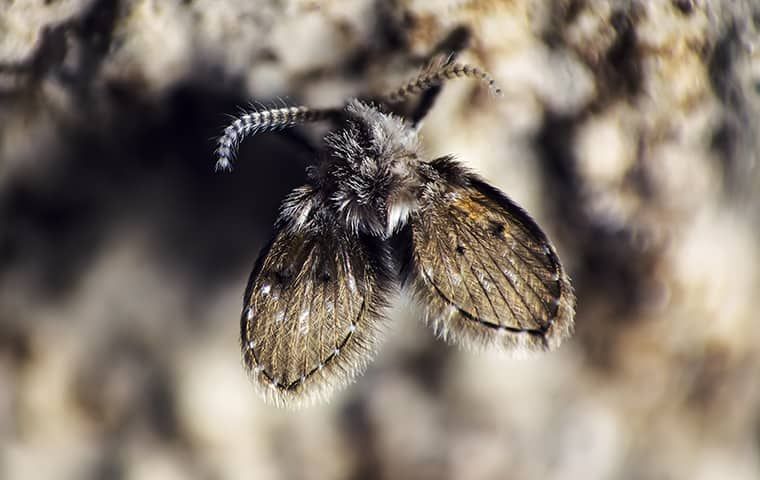
Types of Flies
Drain flies are small, hairy, moth-like insects measuring 2 to 5 millimetres long depending on the species.
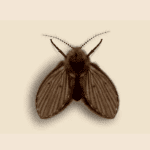
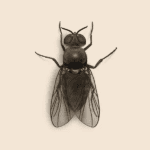
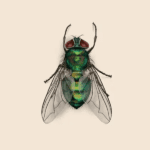
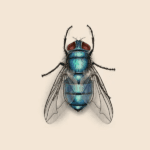
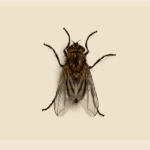
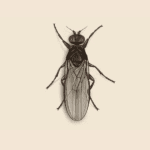
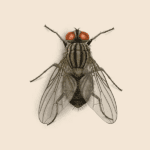
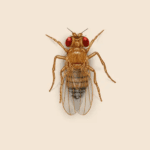
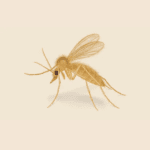
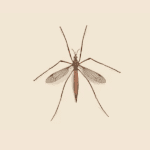
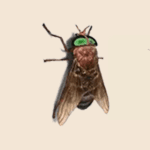
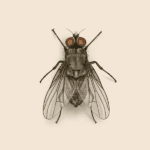
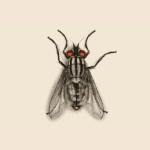
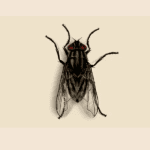
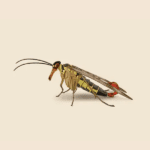
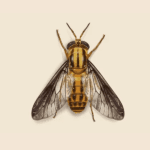
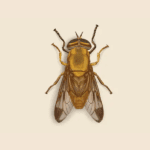
Risks Associated with Drain Flies
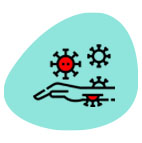
Transmit Disease
Drain flies aren’t known to carry or transmit any human diseases, but infestations have been known to trigger asthmatic reactions. These small insects are opportunistic agents of myiasis.
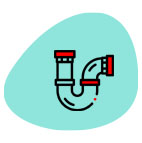
Scum Coating the Bottom and Inside of Drains
Drain flies gather, mate, and lay eggs in moisture or standing water. Your drains could become their breeding ground if left unchecked.

Property Nuisance
The flies are poor fliers and usually are found close to the drain or area of origin and most likely found on the walls of the bathrooms, kitchens, basements and other locations where sewer drains and plumbing fixtures are located.
A pest free home is a happy home
We make it happen!
"Simple, Reliable, Affordable"
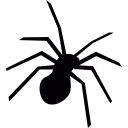
Biting
